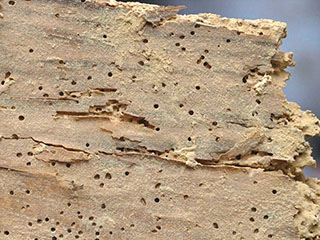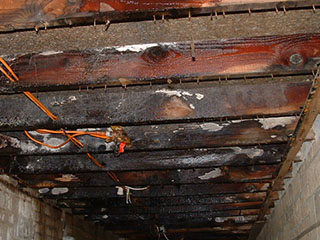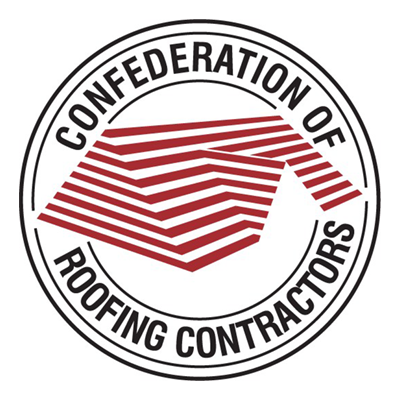Woodworm, wet rot and dry rot treatments
We offer Woodworm, wet rot and dry rot treatments for domestic and commercial properties.
Contact us for a free no-obligation quote. There is no callout charge, we give free advice and estimates, do not take deposits, are fully insured and are Environment Agency registered and we recycle all wood and plastic.
Woodworm
A woodworm infestation in the home can cause serious damage to structural and decorative timber. Woodworm treatment services ensure that woodworm damage to property is minimised and the risk of future woodworm attacks is curtailed.
Woodworm is a generic name for an entire group of beetles that complete part of their life cycle in timber and potentially can be found anywhere there is timber in the home. Typically that could mean the roof rafters, floor joists, floor boards, skirting boards and of course any wooden furniture. Some woodworm species like damp conditions while others are quite at home in dry conditions.


Wet rot
When an area, or section of a roof is exposed to water, taking it’s moisture content above 18%, fungus or mycelium can start to feed off the timber and grow into and from the wood.
There are many types of fungus that make up the wet rot category, they include Coniophora Puteana and Poria Vaillantii with Coniophora being the main culprit. The fungus feeds off the wood making it soft and spongy. Possible causes of wet-rot are:
- Unpainted and untreated timber exposed to water from the roof
- Condensation water arising from lack of ventilation to the roof.
- Water accumulating and being soaked up by timbers from leaking pipes in the loft space
- Rising damp making floor slabs and/or walls wet.

Dry rot
Starting in a wet area of the timber, dry rot or Serpula Lacrymans is another fungus which literally sucks the life out of timber. Unlike wet rot however, when dry rot has consumed all the moisture from one damp area of timber, it searches out another and travels over all manner of surfaces to get to it. This way it can destroy whole properties if it’s journey remains undetected.
The causes of the damp which attracts dry rot can be the same as wet rot but the spores of the dry rot fungus germinate and then spread in very fine, almost cob-web like strands. These strands can travel across wood, plaster, brick and any surface where they can get a hold in their search for new damp patches of timber.
There are many ways to identify dry rot including large mushroom type growths on the timber surface, large, deep cracks in the timber surface, orange colour spots or spores around the mushrooms or any other growth appearing on the timber and strings which look like a very dense cobweb running across surfaces.



